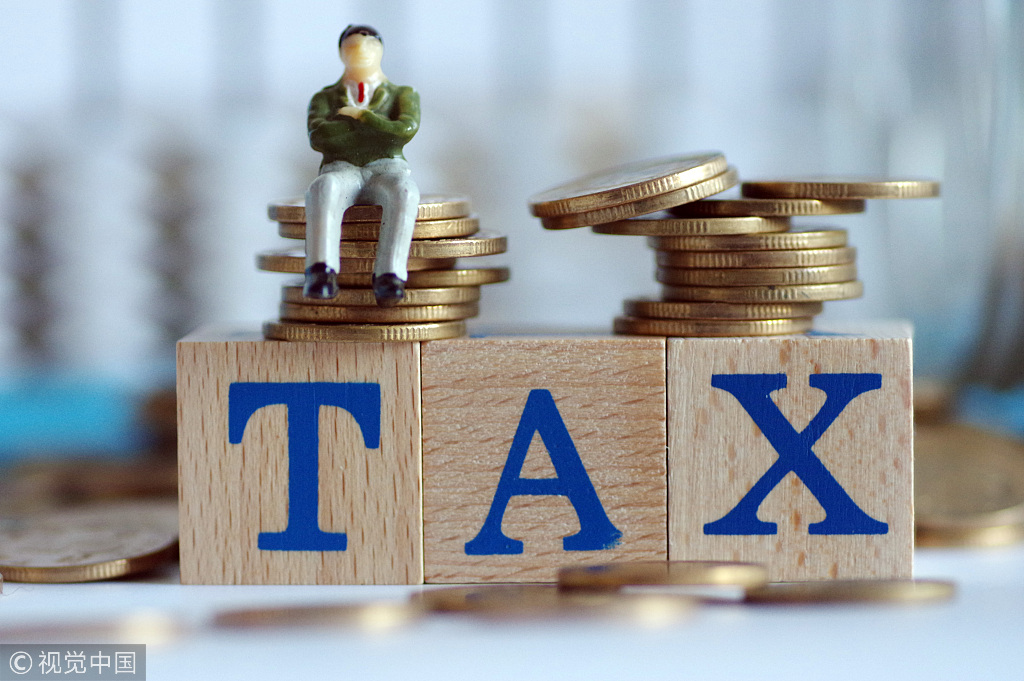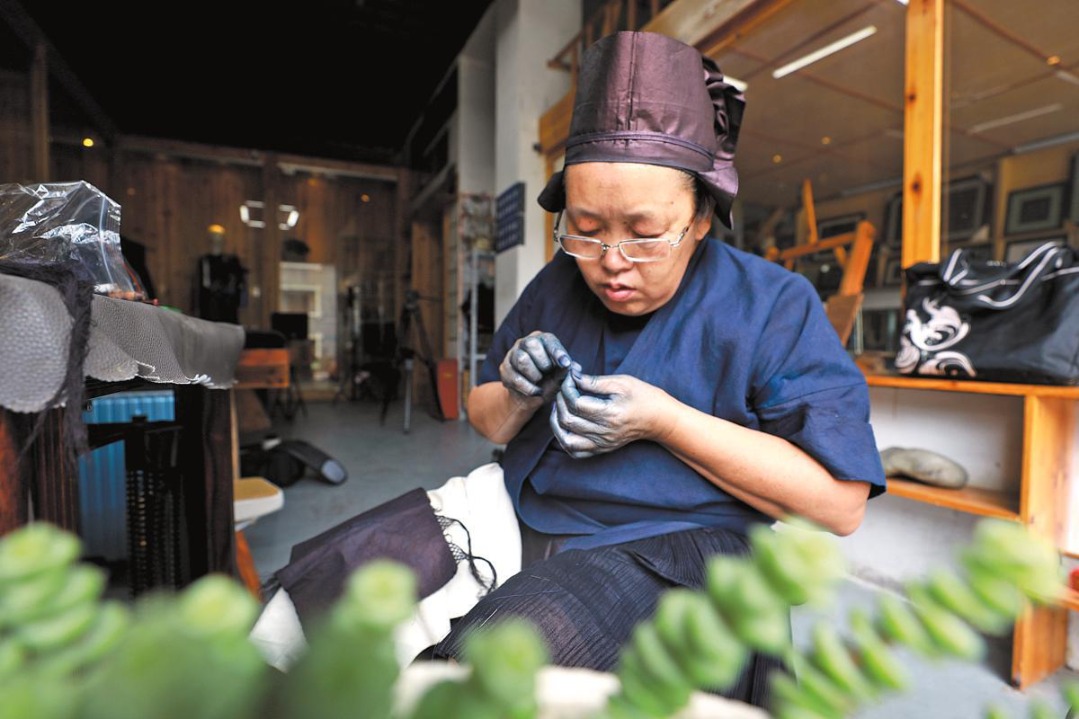Government to propose plan for more reductions in taxes, fees


The government will propose a detailed plan to the top legislature this week to reduce taxes and fees, with an annual target that would cut more than 1.3 trillion yuan ($194 billion) to promote manufacturing and strengthen private companies' confidence, high-ranking officials said.
The 2019 tax cut plan, which is more aggressive than last year's, will focus on lowering value-added tax rates, an official in the Ministry of Finance told China Daily. The official asked not to be named because details were not yet authorized for release.
Premier Li Keqiang is scheduled to deliver the annual Government Work Report at the opening of the second session of the 13th National People's Congress on Tuesday, and more details about the tax arrangement are expected to be revealed.
Some additional information may be released about lowering corporations' social security payment rate, the ministry official said.
China achieved its goal to cut about 1.3 trillion yuan in taxes and fees in 2018, including the value-added tax, individual income taxes and corporate income taxes for small and medium-sized enterprises, according to the ministry.
Ren Rongfa, deputy head of the State Taxation Administration, said that tax and fee cuts figure prominently in the tax authorities' work this year.
"We have updated the tax levy system and statistical accounting system to prepare for the further reduction," Ren said.
Ren added that 31 municipalities and provincial-level governments have all issued tax-cut plans for local taxes.
If the tax cut proposals are passed by the NPC, the value-added taxes may be lowered by 800 billion yuan overall, according to Robin Xing, chief economist in China for Morgan Stanley. He expected the VAT rates to be lowered by 1 to 2 percentage points for each tax bracket.
"The move is likely to lift companies' profits by 2 percent," Xing said. "The effect will be seen later in lower consumer product prices and higher profits by manufacturers."
Since May 2018, the VAT rate was lowered from 17 percent to 16 percent for manufacturing and some other industries, and from 11 percent to 10 percent for transportation, construction, basic telecommunication services and farm produce.
China's VAT rates for manufacturers remains higher than other Asian countries, including Japan (8 percent) and Vietnam (10 percent), according to Morgan Stanley.
The rapid growth of production costs, especially labor, has eroded the effects of past tax-cuts and reduced companies' investment in fixed assets and technology research.
"A more aggressive tax reduction is required to ease companies' burden and stabilize their expectations for future operations," said Liu Shangxi, head of the Chinese Academy of Fiscal Sciences.
According to the National Bureau of Statistics, industrial profit in December retreated by 1.9 percent from a year earlier, worsening from a 1.8 percent drop in November after 3.6 percent growth in October.
Economists are worried that the downtrend in industrial profit growth may continue this year given weakening domestic demand, the continued credit down cycle and trade frictions.
"We maintain our call for more substantial tax cuts in the coming quarters in an effort to stem the growth slowdown," said Lu Ting, Nomura Securities' chief economist in China.
The country's manufacturing production continued to shrink in February, as indicated by the purchasing managers index.
The PMI was down to 49.2 from January's 49.5, hovering below the neutral 50 index line that separates expansion from contraction.
"Manufacturers may continue to adopt a wait-and-see approach with respect to any ultimate deal before committing to expensive and irreversible capital expenditures and investment decisions," said Iris Pang, an economist at ING Bank.
- 80th anniversary of WWII victory
- From Flying Tigers to Kuliang hills, US family treasures friendship with China since WWII
- Quick-test kit expedites Chikungunya response
- Scientists break ground on DNA synthesis
- China moves ahead with research into brain-computer interfaces
- Missing boy found dead after extensive search




































